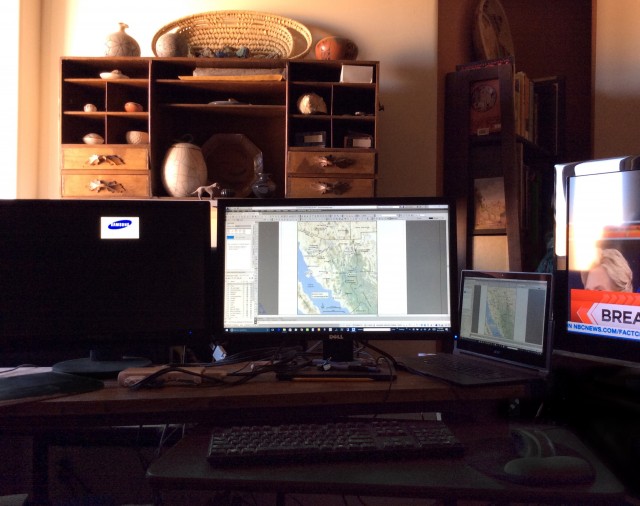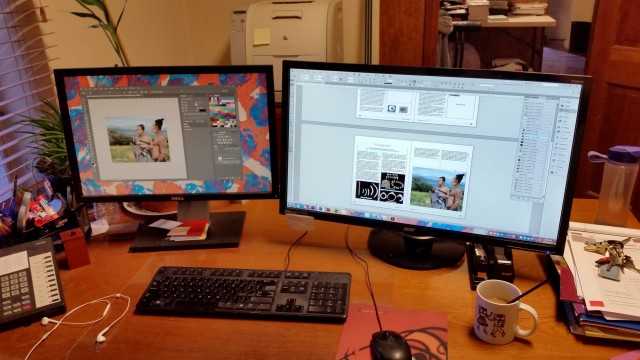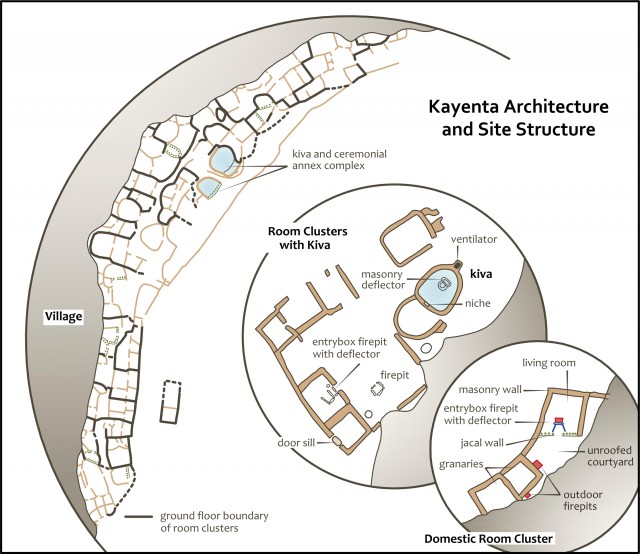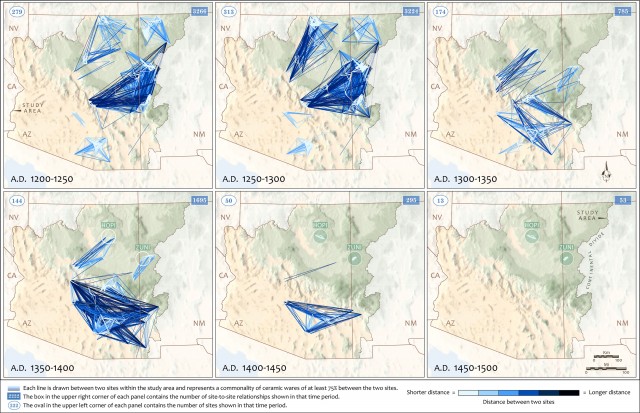- Home
- >
- Preservation Archaeology Blog
- >
- The Translators
As International Archaeology Day (October 15, 2016) approaches, we’re celebrating by sharing posts about what we’re working on now—the daily work of archaeology.

(October 11, 2016)—Well, not exactly. One of us was an archaeologist, one of us was an actor and an archaeologist, and one of us is a composer and was never an archaeologist. (We’ll leave it to you to guess.) But as the Archaeology Southwest Magazine team, we contribute to archaeology by being translators of a sort.
I work with the guest editors and their authors to translate their research and ideas into normalpeoplespeak. My first steps are to read through the content and make notes about where we might need additional commentary (“Food for Thought” or “In Brief”). Then, I create style sheets for place names, people’s names, terminology, and so on. Those help me check facts and maintain consistency.
Next, I copyedit. Webster, my friend, what say you? And again. Check Garner. Hmmmm, Roget? And again. Chicago 16th ed. tab: open and logged in. When it feels right, I send the content to Bill Doelle, who takes the 30,000-foot view (because by that point, I’ve lost sight of it, though I regain it fairly soon).
At long last, queries and paraphrases highlighted, I return the edited/translated manuscripts to the issue editors and authors for comment, revision, and correction. That’s what I’m preparing today. I’m also compiling a spreadsheet of locations for master mapmaker Catherine Gilman.
*Spoiler alert! If you prefer to be surprised by the theme of each issue as it arrives, look no further. Or avoid looking at the images and captions.*

(P.S., That’s my “home office” [=kitchen table].)
Catherine translates shapefiles, UTMs, and kmzs into maps. She also translates archaeological site plans into graphics that—we hope—make a little more sense to nonarchaeologists. But her special gift is envisioning new ways to convey complex information visually. Here are some of her supreme visualizations. I think Tufte would approve. (Click on each graphic to enlarge.)

Once issue editors and authors have responded and the words are near-final, Kathleen Bader flows the text into Adobe InDesign. She reviews submitted imagery and we consider what will best support the text and enliven the work for nonspecialists. One of Kathleen’s superpowers as a graphic designer is using the imagery authors and Catherine have provided to create a flow and a real sense of forward motion through the magazine.


Then, we go back and forth among ourselves, honing, honing. We work with authors and issue editors to perfect the maps and graphics. We badger for more pictures at higher resolution. I request image permissions, complete paperwork, and pay fees for any images that belong to artists—such as our friend and frequent contributor Adriel Heisey—or institutions—shout out to Jannelle Weakly and the Arizona State Museum, among others. Now comes Linda Pierce’s turn for the 30,000-foot view, because by this stage, Bill, Kathleen, the editors, and I have the content memorized. Her fresh eyes, we have learned, represent a critical step!
At long last, we present amazing full-color PDF proofs to our editors and authors. That “soft reveal” is a proud moment. The contributors’ pleasure at seeing their work all gussied up is always a treat for us. Kathleen works design magic I don’t understand to prepare the files for our printer, and off they go. We take a breath. Then our wonderful and patient representative Kathy Simonson brings over the page proofs. Our stomachs churn. Are the colors true? Is everything straight? Are the bleeds correct? Oh, $h!T, a typo! (I swear the letters rearrange themselves between viewings.) “Um, Kathy…can your staff please make this one teensy correction? THANKS…”
While the magazine is on press, drying, and being bound, I compile the online highlights. Kathleen works in the back end of our website to make sure all the moving parts related to the magazine’s online presence are functional. She prepares the mailing list for the mail house and makes sure the postage fund is full.
And then the truck rolls up to 300 N. Ash Alley. And then you open your mailbox.
And then we translators get back to work on the next issue.

